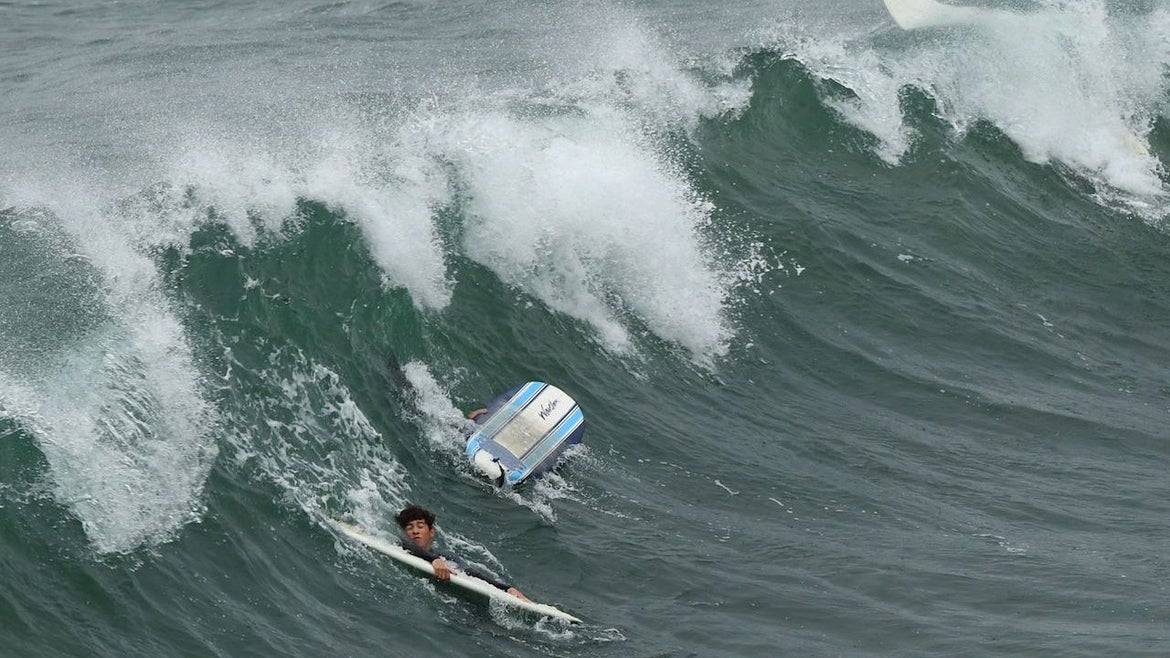The damage caused by the volcano is unclear because internet connectivity in Tonga, where it erupted, was lost shortly afterward.
Following an underwater volcanic eruption near Tonga early this morning, the National Tsunami Warning Center has issued a tsunami advisory for regions like the U.S. West Coast, Alaska, and the Canadian Pacific coast, according to ABC News.
A tsunami advisory means a tsunami could produce strong currents or waves and create dangerous conditions for those in the water or beach area in those regions, NWS Tsunami alerts tweeted out.
This is different from a warning, which means a tsunami is imminent, and communities and neighborhoods off the coast could face flooding and dangerous currents.
“A dangerous wave is on the way,” the tweet said. "Strong and unusual currents are expected along the coast, and in bays, marinas, and harbors. Move to high ground and away from the shore.”
There were also tsunami warnings for the eastern coast of Japan, Reuters said, and New Zealand. In addition, there was a tsunami advisory in Hawaii, but it was later canceled, according to CBS News.
The damage caused by the volcano is unclear, according to CBS News, because internet connectivity in Tonga was lost.
In California this morning, the Berkeley Fire Department ordered a mandatory evacuation for Berkeley Marina boats, docks, and shoreline, NBC News reported. Other areas, like San Francisco and Orange County, were on high alert.
As the U.S. National Tsunami Warning Center noted, “the first wave may not be that largest.”
“Remember that a tsunami isn’t likely to look like a classic 'breaking wave;' it’s more of a massive surge of water that can rise quickly and with great power,” the Hawaii Emergency Management Agency added.
Impacts may continue for many hours to days following the first wave, CBS said.






